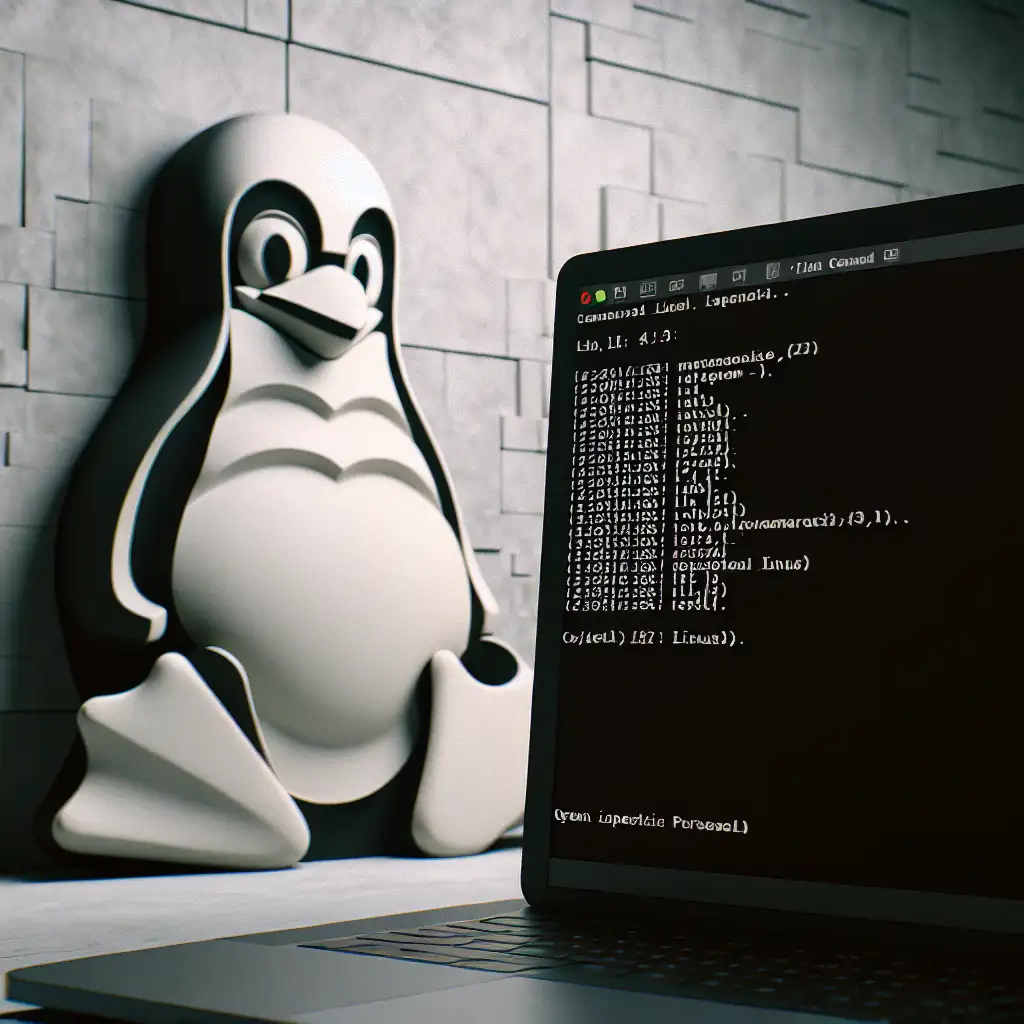Mastering File Access: File Opening Techniques on Linux Systems
Linux systems are engineered for control and efficiency, but interacting with files solely from the terminal requires deliberate tool choices. Whether you’re on a CentOS 8 jump host, maintaining an Ubuntu 22.04 LTS server in a headless cloud VM, or scripting pipelines for routine backups, fast file access is fundamental.
On-the-Fly Text Inspection
First question: Do you need to see or modify the data? Most troubleshooting starts with a look, not an edit. Dumping output directly is quick, but not always smart.
Dump Everything: cat
Rapidly prints a file’s entire contents to stdout:
cat messages.log
Fine for concise files, but a 50MB log will overrun scrollback. If you see:
bash: terminal output truncated...
that’s your signal to switch strategies.
Paginate with Precision: less
For system logs, configs, or multi-MB datasets, less is the default pager on most distros (less v530+). Navigate with /pattern, space, and q.
less /var/log/syslog
Search is real-time; performance lags on remote NFS mounts are rare, but have happened. If terminal colors break, try less -R.
The Old Utility: more
Legacy tool, lacks half of less's features:
more /etc/fstab
Usable for basic tasks, but insufficient for live log tailing.
Quick Editing Tools
Editing configs during downtime? Crontab script breaking at 2AM? CLI editors avoid reliance on graphical layers.
Minimal Friction: nano
Reasonable default on fresh Debian, Alpine, RHEL installs (nano 4.8+).
nano /etc/hosts
Keybindings at the bottom. Less powerful than Vim, but safer for unfamiliar keyboards or when SSH is laggy. Crash recovery is limited; always make a manual backup before editing critical files.
Vim: For When You Need Full Control
Still the standard editor on almost every Linux VM. Useful for batch changes (e.g., regex across hundreds of lines).
vim ~/.bashrc
Notable commands:
i: insert:wq: write/quit/pattern: search
Learning curve is steep; resist the temptation to remap arrow keys.
Non-obvious tip: To open a file read-only (preventing accidental writes):
vim -R /etc/passwd
Graphical When Available: gedit
Occasionally you’re on local Xorg or using X forwarding.
gedit /etc/resolv.conf &
Drawbacks: slow on VMs, and will error out if DISPLAY is unset:
(gedit:1234): Gtk-WARNING **: cannot open display:
Mitigate by SSH’ing with ssh -X hostname.
Executable and Binary Files
Opening doesn’t always mean reading plaintext. For scripts and binaries, semantics change.
Executing with Permission
chmod +x ./deploy.sh
./deploy.sh
Missing execute bit? You’ll get:
bash: ./deploy.sh: Permission denied
Viewing Binaries: Not Just for Developers
Hex inspection (e.g., firmware blobs or compiled artifacts)
hexdump -C firmware.img | less
Or for ELF headers:
readelf -h somebinary
Careful; piping large binaries eats memory fast.
Specialized File Types
PDFs Over SSH or Headless? Workaround Required
With GUI:
evince design.pdf &
Headless workaround: extract text without graphics
pdftotext contract.pdf -
Image Inspection in Terminals
Framebuffer viewers (rarely installed by default, install w/ apt-get install fim):
fim sunset.png
For headless boxes, consider transferring a small preview using scp or converting to ASCII art (jp2a image.jpg).
Table: At-a-Glance File Operations
| Operation | Command Example | Note |
|---|---|---|
| Print full text file | cat access.log | Large files overwhelm tty |
| Paginate text | less /var/log/secure | Fast search, scroll |
| Edit (simple) | nano /etc/network/interfaces | Good fallback in recovery |
| Edit (advanced) | vim /etc/ssh/sshd_config | Better for batch edits |
| Make script executable | chmod +x backup.sh | Needed for ./backup.sh |
| View binary (hex) | hexdump -C image.bin | less | Careful: output is verbose |
| View PDF (GUI) | evince report.pdf & | GUI/SSH X forwarding only |
Common Pitfalls and Time-Saving Advice
- Always
tail -f [file]when monitoring active logs (journalctl -u sshd -ffor systemd services). - Use shell tab-completion to avoid typos, especially under
/etcor/var/log. - Edit root-only files with care—test changes in a temp file first.
- Avoid
sudo nano filein scripts; usesedoredfor automation. - For SSH-only sessions, plan for non-GUI inspection tools.
Known issue: Some tools (e.g., less) mishandle UTF-8 encoding with certain locales; set LANG=en_US.UTF-8 if you see garbled output.
Non-obvious practical example
Suppose you need to quickly analyze the gzip-compressed logs from a CI/CD runner, but the archive is too large for extraction on disk. Stream and view the uncompressed output with:
zcat ci-runner.log.gz | less
Combine with grep for targeted inspection:
zcat ci-runner.log.gz | grep "FAILURE"
Summary:
Choose the minimal tool that fits your context: fast inspection with less; binary analysis with hexdump; robust editing with vim for automation or sed for batch updates. Remember: most missteps are due to insufficient permissions or reading large files without pagination.
For deeper automation—scriptable file opening, context-detection, remote editing—integrate these primitives into custom Bash or Ansible workflows.
Got a corner-case file format, or liquid-cooling fans drowning out your SSH session? There’s probably a CLI tool for that—just don’t expect it to ship by default.
